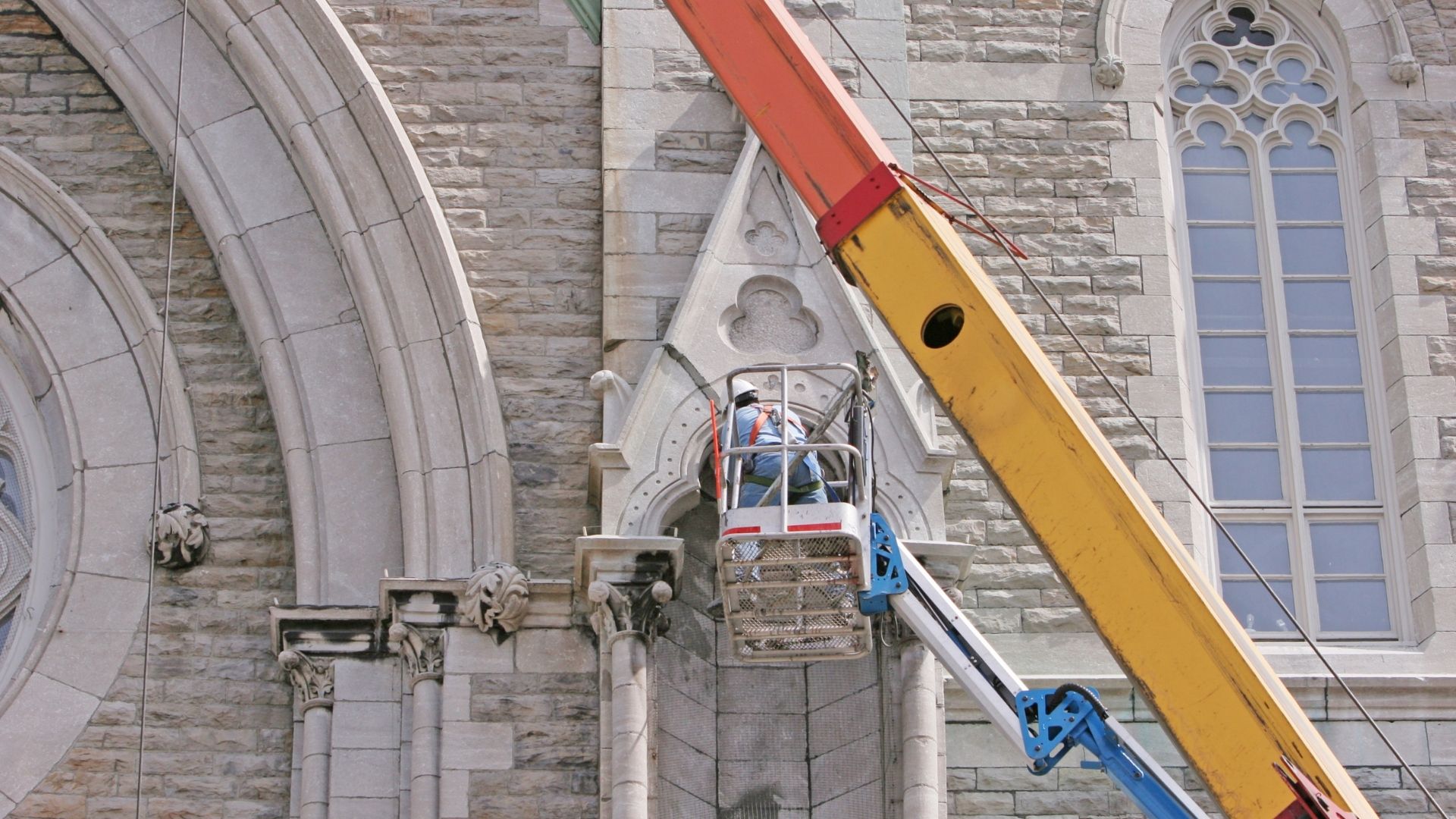Who will benefit from the new monument relief and under what rules?

Among the solutions introduced by the Polish Deal are new tax reliefs. One of them will allow taxpayers who incur certain expenses on works related to historic buildings to make deductions. The relief will also be available in case of purchase of a historic property.
If the act implementing the so-called “Polish Deal” enters into force in the form submitted to the Sejm (the Lower Chamber of the Polish Parliament), starting from next year PIT taxpayers paying the tax in accordance with the tax scale, flat tax or lump-sum tax on registered income, who are the owners or co-owners of real estate monuments, will be able to benefit from a new tax relief.
Expenses incurred on conservation, restoration or construction works – concerning a historic property – will be deductible from income or, in the case of a lump-sum tax, from revenue, respectively.
The relief is also applicable in case of purchase of a historical monument – under the condition that expenses for conservation, restoration or construction works are incurred in the tax year.
How much to deduct?
The deductions cannot exceed 50% of expenses documented by proof of contribution made to a renovation fund of a housing community or housing cooperative or a certificate on the amount of contributions made in the tax year, issued by a housing community or housing cooperative. The deduction can also be made on the basis of an invoice issued by a VAT payer who does not apply the exemption from that tax. In such a case, the 50% of expenses will be increased by the amount of value-added tax, provided that the said tax was not deducted on the basis of the Act on Goods and Services Tax.
In case of a deduction of an expense incurred due to the purchase of a historical monument, it cannot exceed the product of PLN 500 and the number of square metres of useful floor area of a historical monument, but not more than PLN 500,000 for all expenses incurred in this respect.
The deduction of expenses for monuments will also be available to spouses between whom there is a community of property. They will be able to take advantage of the said relief in equal parts or in any proportion agreed by them, regardless of whether the document confirming the expense was issued in the name of both spouses or one of them.
The deduction of expenses for monuments will also be available to spouses between whom there is a community of property. They will be able to take advantage of the said relief in equal parts or in any proportion agreed by them, regardless of whether the document confirming the expense was issued in the name of both spouses or one of them.
Maximum of 5 years
The legislator also provided for several limitations on the possibility of using the tax relief. Expenses are non-deductible insofar as they were deducted from revenue on the basis of the Act on Flat-rate Income Tax, were recognised by the taxable person in connection with the exercise of tax credits within the meaning of the Tax Ordinance, exceed beyond the scope of work specified in the permit of the voivodeship monument conservator or conservation recommendations. The relief will also not apply to expenses that have been financed, co-financed or refunded to the taxable person in any form.
According to the planned amendment, the amount of deduction that is not covered in annual income of a taxable person is deductible in subsequent years, but only for a period of up to 6 years from the end of the tax year in which the deduction was made.

Author: Katarzyna Jessa, Barrister, Mediator